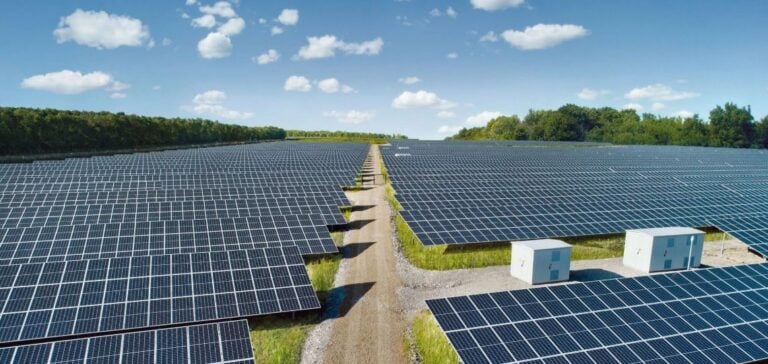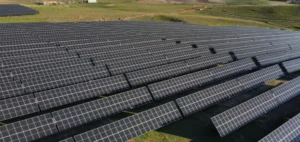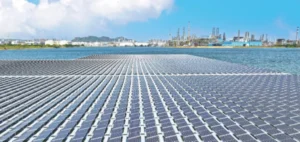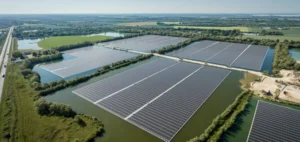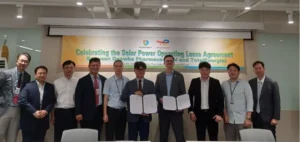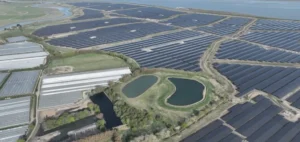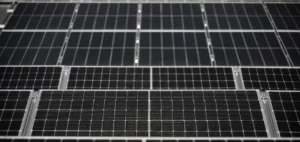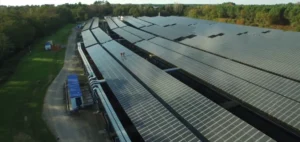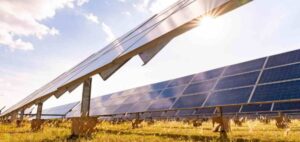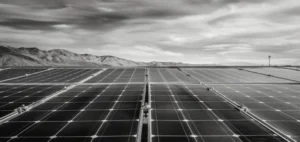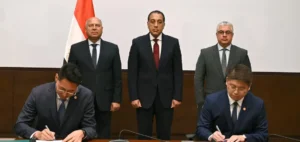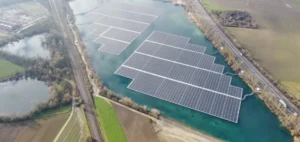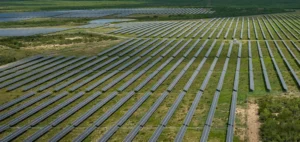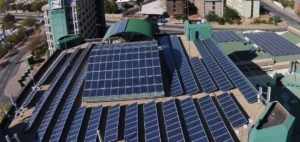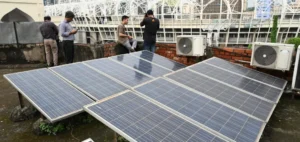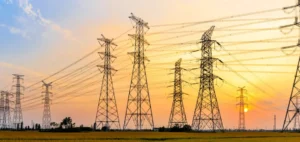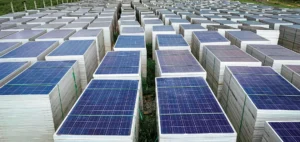The German renewable energy market continues to attract strategic investments, as evidenced by Emeren Group’s recent sale of a 65 megawatt-peak (MWp) portfolio to Trina Solar International System Business Unit (ISBU). These projects, located across three regions in Germany, reflect the evolution toward high-value solar infrastructures that strengthen the country’s clean energy targets.
A strategic portfolio across three regions
The portfolio consists of three distinct installations: a site in Saarland, western Germany, and two agrivoltaic (Agri-PV) projects in Mecklenburg-Western Pomerania and Lower Saxony, northern Germany. These projects, combining agricultural use and energy production, represent an innovative solution to maximize land utilization.
According to available information, these projects are expected to be completed between mid-2025 and late 2025. Furthermore, the potential integration of Battery Energy Storage Systems (BESS) is being considered, addressing grid stability and operational efficiency needs.
A tense German market
Germany, committed to an ambitious energy transition, remains a strategic arena for international developers and investors. The country’s goals, aiming for carbon neutrality by 2045, make it a highly competitive market. This transaction aligns with a broader trend of international partnerships accelerating the development of renewable energy infrastructure.
The operation also highlights the rising importance of Agri-PV technology, which allows for dual-use land optimization through agricultural and energy production, providing a double benefit for utilized areas.
Economic and political implications
Economically, this sale marks an intensification of consolidation activities within the German solar sector. Transnational partnerships, like this one, enable pooled expertise and improved project operational performance.
Politically, this transaction can be seen as a strong signal of energy interdependence within the European Union. Interactions between European and international players contribute to regional energy resilience while fostering technological innovation within an increasingly stringent regulatory framework.

